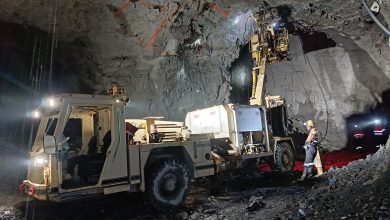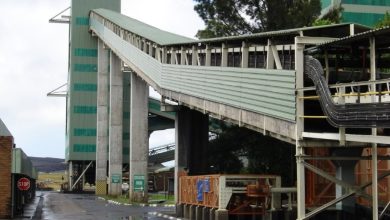
Helicopter Services for mining project
There has been increasing usage of helicopters as a mode of transport in remote mining areas, as well as in carrying out mineral exploration, inspection and material measurement activities. Fleet owners of helicopters who provide services to mining companies are looking forward to participating in lucrative projects in West African countries.
Typically, mining companies are located in remote areas that are difficult to access due to long distances. In developed countries with good road networks, long-distance becomes a challenge when the delivery of cargo or transportation of personnel has to be done within a short time. In Africa, the situation is even worse due to poor or non-existent infrastructure. All the more, on the continent, most mining operations are located in hostile environments with high safety and security risks. Thus, given these circumstances, the use of aviation becomes the most convenient option to support operations.
Noticeably, there has been increasing use of helicopters in the past decade, mainly for mining projects in Southern and West Africa. Recently, Mining Business Africa contacted leading services providers of aviation services for information on common purposes that the helicopters serve in mining operations. The companies own and run a fleet of helicopters.
Purposes helicopters serve
In their responses to the questionnaire the helicopter fleet operators suggest that mining companies need helicopters more or less for the following:
- Transport
Employees, more especially VIP executives, use helicopters as a convenient means of transport. A helicopter also is regarded as the fastest and most cost-effective mode of transport cargo, in most cases, components of parts and equipment would be needed urgently. Helicopters guarantee the shortest possible reaction and response times in the event of a technical breakdown. In this way, a mine is kept operational as downtime and costly production losses. Additionally, helicopters are used to ferry precious metals and stones from mines to secure locations.
- Aerial surveying, aerial observation
Helicopters are used in a host of tasks that support exploration projects, such as aerial surveying and aerial observation activities. It can be used for tasks such as volumetric calculations of open pits, topographical surveys, detection of ground deformations, stockpiles and tailings, just to single out a few.
A wide variety of instruments, which are permanently mounted on the aircraft, are used to gather a wide range of data. Common instruments used include aerial cameras, light detection and ranging (lidar). Lidar, which uses laser, is an alternative to infrared, radar transmitter, magnetic and gravity sensors ultraviolet and gamma-ray sensors.
- Emergency medical services by helicopter
In case of a health emergency, helicopters are deployed for evacuation. They present the safest and quickest evacuation option in situations urgent intervention is needed. Their use enables a patient to access medical attention within a short time and saves lives.
Cautions Optimism
In terms of business prospects, by and large, helicopter fleet owners are cautiously optimistic. This is given the impact of the war in Ukraine on global economic outlook. There is lingering concern that major economies would be in recession.
However, compared with the depression that greeted the declaration of COVID-19 as the pandemic, the atmosphere now can be termed as bullish. Now, there has been a rebound – at least that is the general sentiment in the mining sector.
Encouraged by the rise in commodity prices, mining companies have resumed exploration and mining projects that were deferred during lockdowns to cope with the pandemic. This has translated in an uptick in orders for helicopter services from mining companies mainly involved in projects in Southern Africa and West Africa. The companies claim to be mission ready adhering to expected performance and safety standards. This involves personnel involved undergoing training regularly to ensure they are qualified and ready for deployment.






